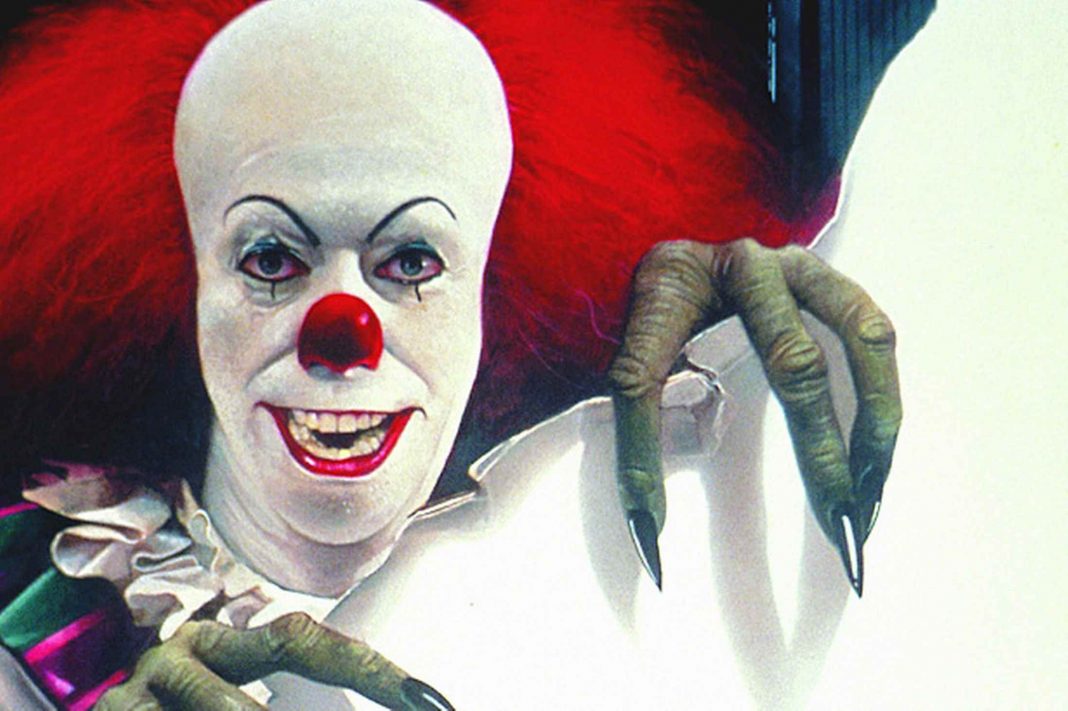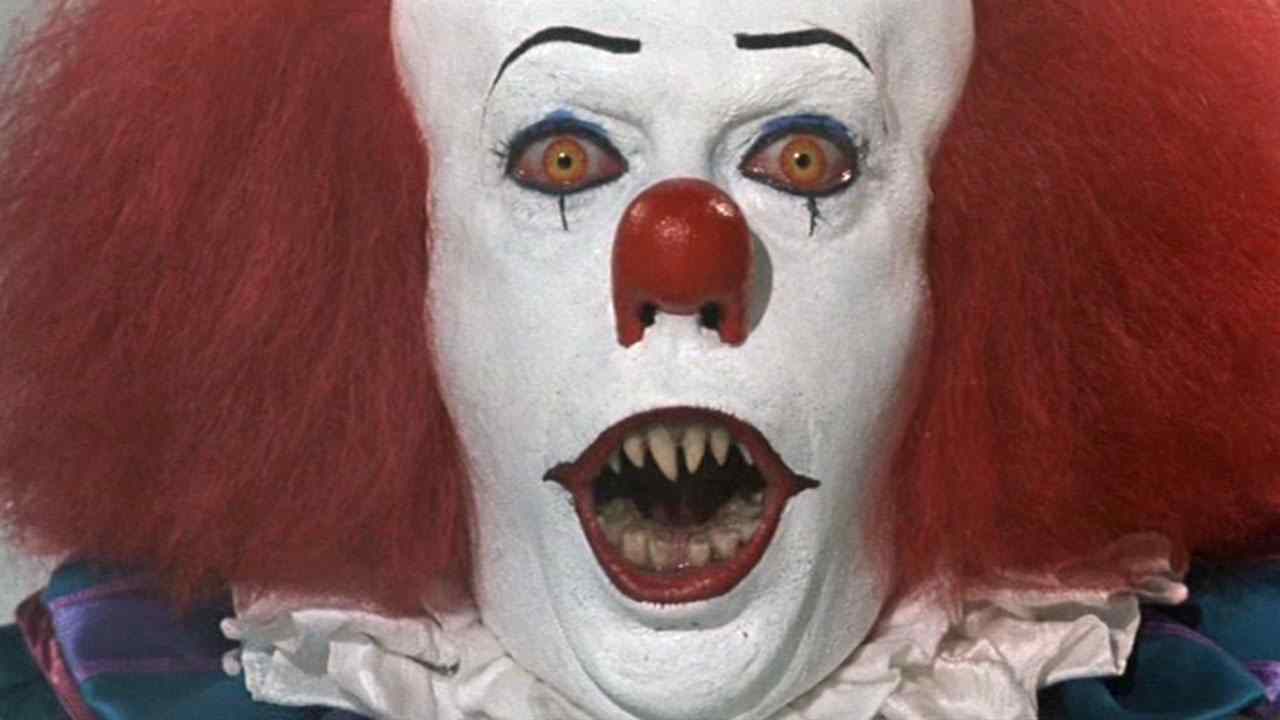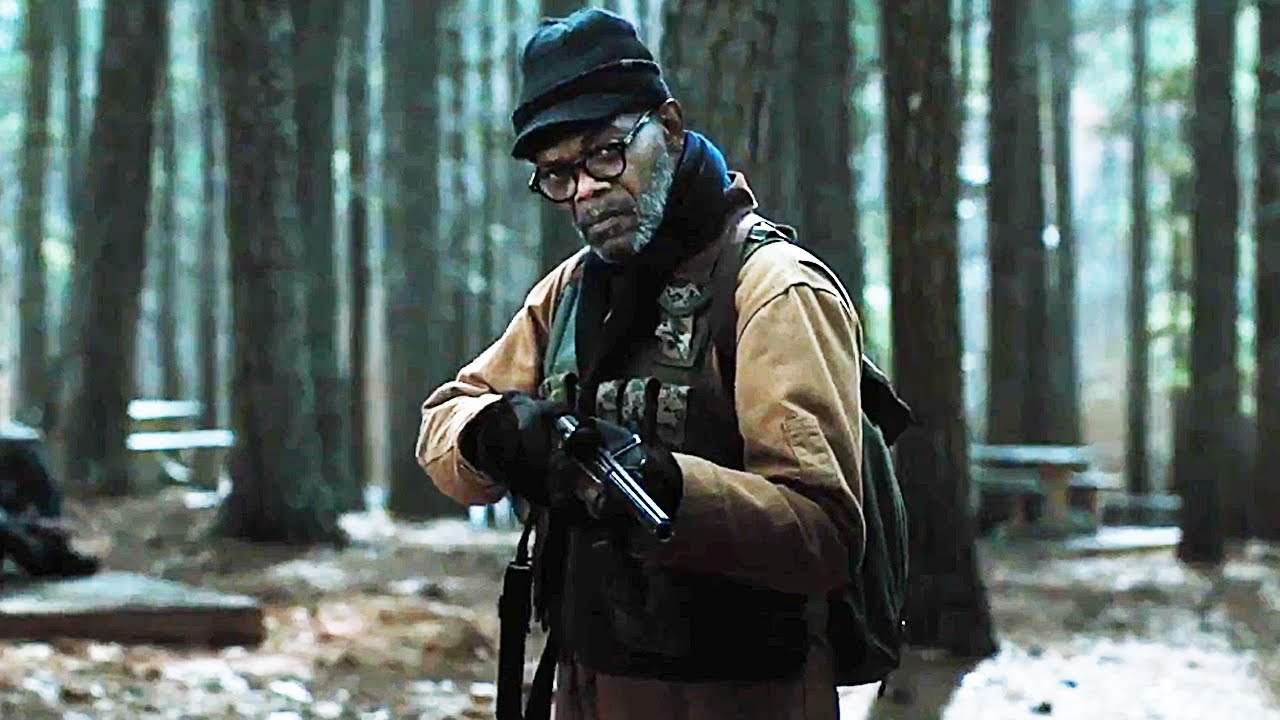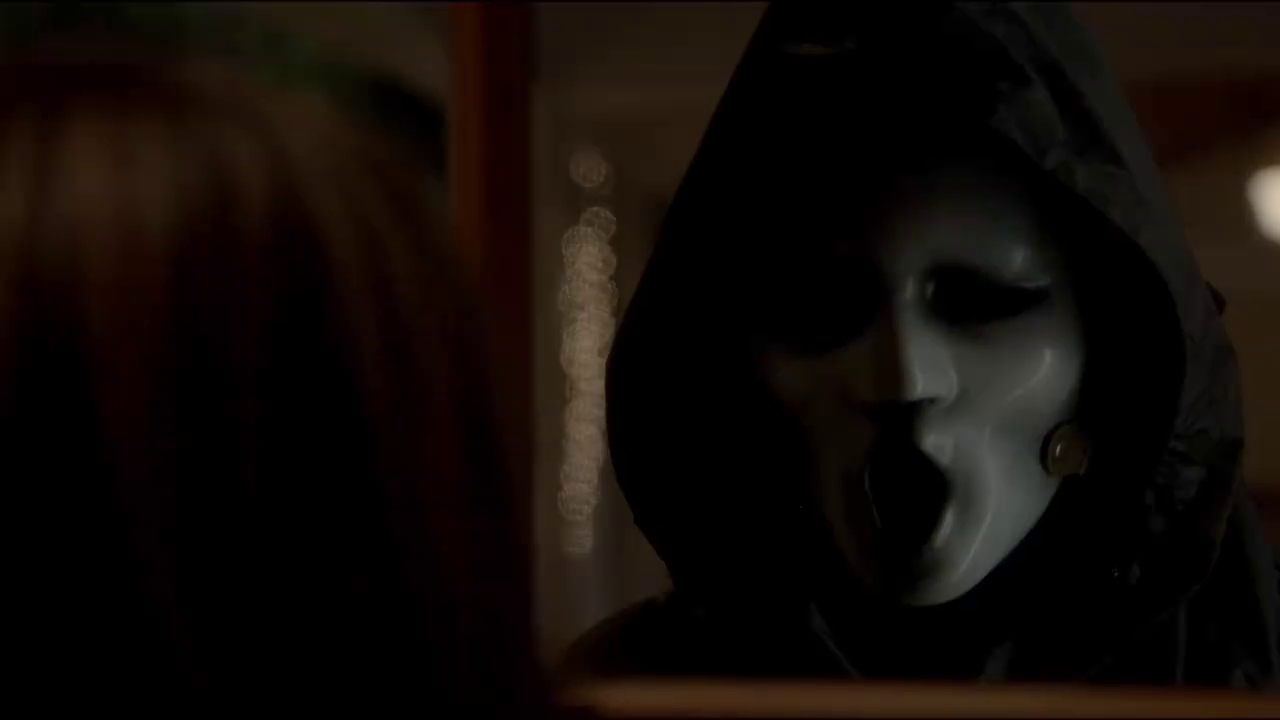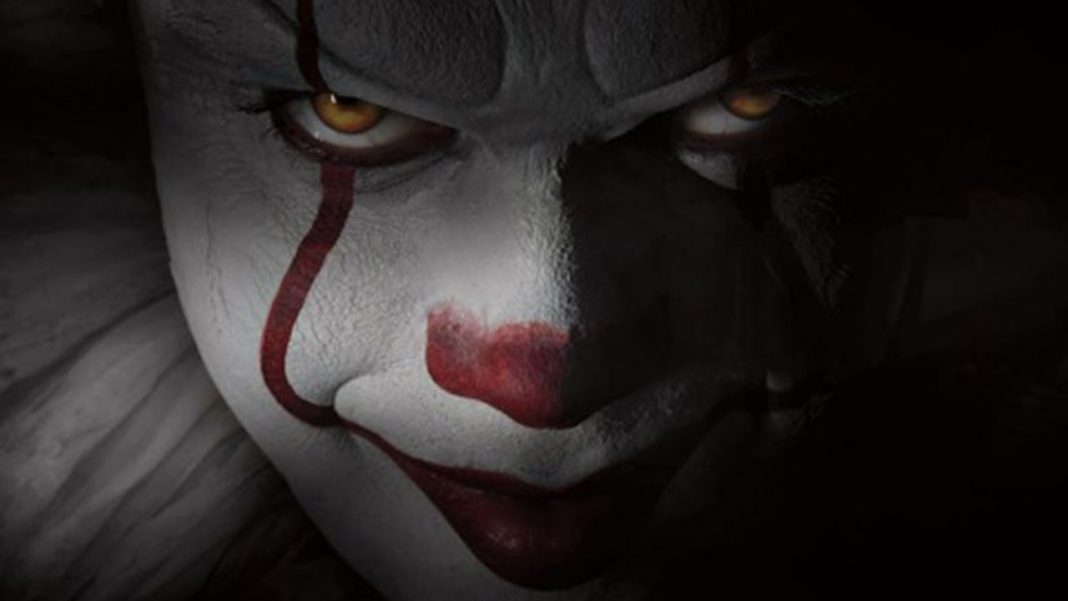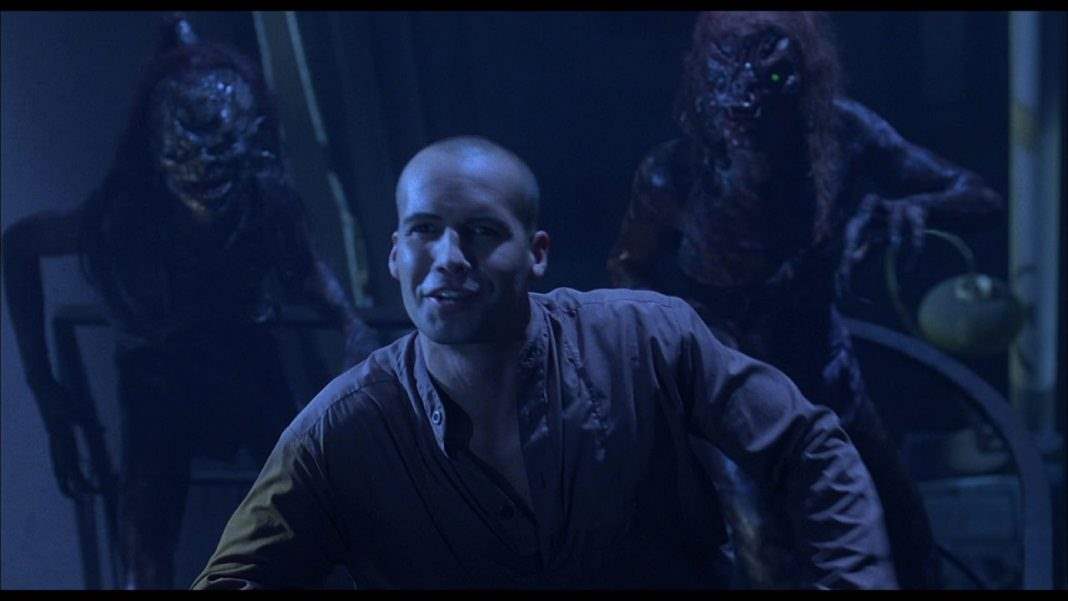Out of every format in horror, the miniseries is among the most forgotten. Yes, there are some that are remembered as classics. Titles like It and The Stand. Stephen King has dominated the horror mini-series market since the 1970’s. But you’d be surprised how many people who admire It as a classic don’t remember that it was actually a miniseries. Even high profile titles like the remakes of Carrie and The Shining are barely remembered by the horror community and definitely forgotten by the general audience.
What’s the key, then? What makes a horror mini-series stand out? And why is it so hard to get it right? There are a lot of factors that go into making a miniseries. The immediate problem is that it straddles the line between film and television. It costs the same as TV to produce, that’s why more often than not—especially in horror—a miniseries is cheap, and looks it.
On an immediate level, they seem like a no-brainer, especially for fans of authors like Stephen King. It’s no secret that King in general writes long work. More often than not, his tomes are too long to be adapted into a single film. Even one of the most heralded horror mini-series, It, could barely scrape the surface of what was covered in the book. And the feature film had to be split into two parts to tell a fraction of the story as it is told in the novel. This format is often the only way to even attempt to keep the major story points of a novel intact. For Stephen King, it’s proven to be pretty hit-or-miss. When you’re asking someone to commit to viewing a mini-series, you’re asking them to watch something the length of The Lord of the Rings with the production value of a straight-to-video horror flick. It’s a very easy recipe for failure.
Also See: Overlooked Wes Craven Movies That Need More Love!
The only major plus that a miniseries has over a DTV movie is the talent that the long-form can attract. It’s really the place where the A-list and the B-list meet, and more than that, it is somewhere that film and television stars find common ground and frequently work together. Of the Stephen King miniseries, perhaps the most effective is The Stand. It does almost everything right. Nothing is perfect, of course, but the issues are more budgetary than anything else. It doesn’t suffer from the pacing issues of The Tommyknockers or even It, which has a much more watchable first half than its second. Tobe Hooper’s Salem’s Lot was also a terrific miniseries, one of the best of all time and even now it remains one of the late director’s most impressive works.King is a particularly noteworthy example when it comes to the horror miniseries because he hasn’t simply used it as a way to bring his novels to life without cutting too much material. Over the years, he has also developed several original miniseries because he genuinely enjoys the format. He has called these projects “novels for television” and that’s precisely what they are. They don’t always work. Rose Red has its admirers but is fairly slow paced. The adapted material never seems to justify its need for the format. Storm of the Century, however, is an entirely different matter. This is a television event that plays like a novel.
What makes Storm of the Century an effective miniseries is that it doesn’t try to go too big. It’s very much about a small, isolated town corrupted by an outside force. This may be because it was not based on a larger, more ambitious work, but either way, the result is something compelling and strong.
 With programs like the BBC miniseries Count Dracula, it’s tough to bring in a wide audience, even with the iconic title. Even though there are strong performances, particularly from Louis Jordan as the titular character, it’s a chore to sit through. Every television adaptation of a horror classic suffers somewhat in this regard. It’s tough to justify a three to four hour adaptation when countless other movies have told the story in half the time. The only major lure for these is that they might stick closer to the source material. That’s what they advertise to get more people to watch. But more often than not, it’s not true and the viewer is left wondering why they’re watching something so long and drawn-out when they could be watching so many other, shorter adaptations.
With programs like the BBC miniseries Count Dracula, it’s tough to bring in a wide audience, even with the iconic title. Even though there are strong performances, particularly from Louis Jordan as the titular character, it’s a chore to sit through. Every television adaptation of a horror classic suffers somewhat in this regard. It’s tough to justify a three to four hour adaptation when countless other movies have told the story in half the time. The only major lure for these is that they might stick closer to the source material. That’s what they advertise to get more people to watch. But more often than not, it’s not true and the viewer is left wondering why they’re watching something so long and drawn-out when they could be watching so many other, shorter adaptations.
It really makes us wonder whom the audience of a miniseries is supposed to be, which is not an easy answer. They’re certainly aimed at an older audience than the typical horror movie, but it was mostly children who were terrified by and subsequently fell in love with It. That’s no surprise, really. Plenty of older viewers find something worthwhile in Friday the 13th. Demographics are there for a reason and are important for gauging how something needs to be marketed, but they are not law. The die-hard literary fans to whom most miniseries are catered often stick their nose up at the idea of adaptations in general. Some fans embrace the many Stephen King miniseries for their attempts to stick close to the source material, while others point out the cheapness and occasional lack of quality. Both remarks are fair.
Did You Know? Wicked Horror TV Has Indie and Classic Horror Films Available for Free!
Miniseries live in a gray area, which is why they are more often than not forgotten. But things finally seem to be sorting themselves out. TV itself is better than it has ever been. And the successful way to approach a miniseries in this age seems to be to treat it like a television show instead of a movie. Adding length doesn’t sound like the proper way to redefine the miniseries, all things considered, but it is proving itself more and more. Watching something all at once is too much for most viewers, with the mentality that it is a very long feature film. But people have no problem binge watching multiple seasons of a single TV show at once. It’s a strange but interesting phenomenon. And catering to it, in this new market, is what this format of horror storytelling must continue to do in order to survive.
